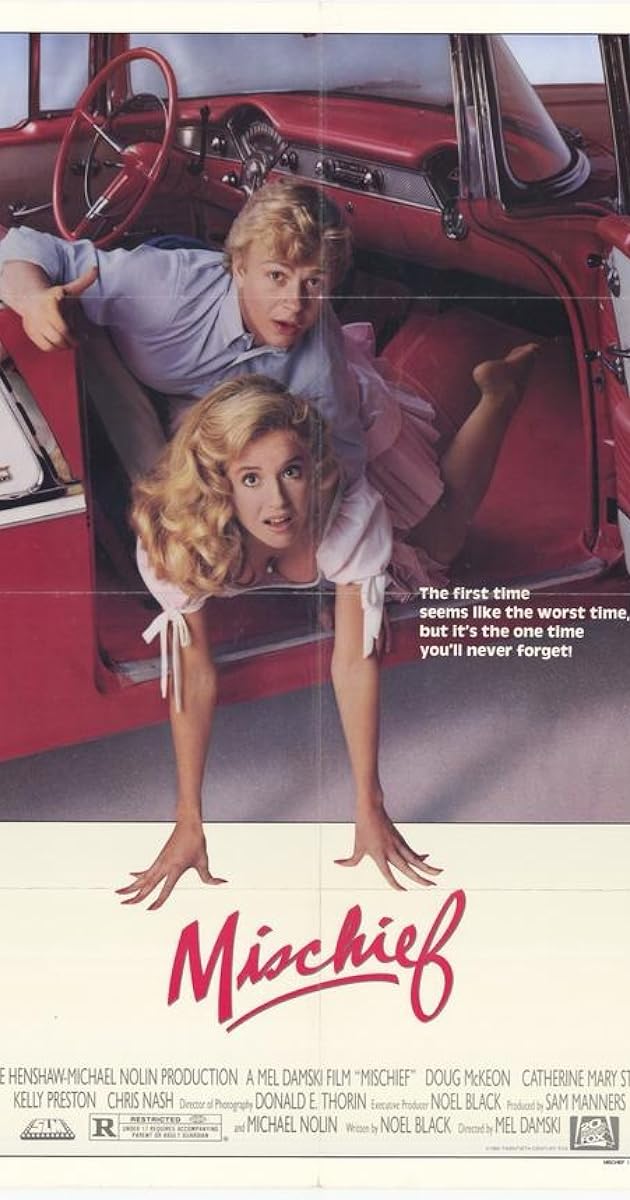
Mischief 1985 Soundtrack Download
 The Metti Oli team has been awarded several awards. It was the first serial to air about 1000+ episodes on this Surya TV channel (Number of episodes -1543). Kuladheivam SUN TV Episode - 801 (18-12-17) 'Kuladheivam' Television Serial Kuladheivam is a Tamil television serial directed by Thirumurugan.
The Metti Oli team has been awarded several awards. It was the first serial to air about 1000+ episodes on this Surya TV channel (Number of episodes -1543). Kuladheivam SUN TV Episode - 801 (18-12-17) 'Kuladheivam' Television Serial Kuladheivam is a Tamil television serial directed by Thirumurugan.
The soundtrack to the 2018 biopic offers a fittingly cinematic portrait of the iconic rock band, built around a handful of the group's most well-known songs, including live versions and several tracks reworked specifically for the film. As a souvenir of the movie, the soundtrack works especially well. Opening with guitarist 's arrangement of the '20th Century Fox Fanfare,' and showcasing his distinctive searing guitar leads, it perfectly sets the tone for telling and 's story on the big screen. Here we get such beloved classics as 'Somebody to Love,' 'Killer Queen,' 'Another One Bites the Dust,' and 'Under Pressure.' Elsewhere, the soundtrack leans heavily on live performances, especially those culled from the group's dynamic appearance at 1985's Live Aid benefit concert. This is especially poignant as the show marked a resurgence in interest in the group, just as was beginning to lose his battle with AIDS.
Similarly, we also get earlier live versions of songs like 'Keep Yourself Alive' from 1974's, 'Fat Bottomed Girls' from 1979's Live in Paris, and 'Now I'm Here' from 1975's. Also compelling are the few songs specifically reworked for the film, including 'Doing All Right,' a song from the band's self-titled debut that and drummer originated in their proto- band Smile, and their studio-to-live mix of 'We Will Rock You.' A thoughtfully curated soundtrack, offers a compelling narrative of 's storied arc into rock legend.
A strange thing you learn about American popular music, if you look back far enough, is that for a long time it didn’t much have “genres” — it had ethnicities. Vaudeville acts, for instance, had tunes for just about every major immigrant group: the Italian number, the Yiddish number, the Irish one, the Chinese. Some were sung in a spirit of abuse; others were written or performed by members of those groups themselves. And of course there were the minstrel shows, in which people with mocking, cork-painted faces sang what they pretended were the songs of Southern former slaves.
Apr 2, 2014 - SOULS OF MISCHIEF - TOUR STORIES (1985RBEATS REMIX). From 1985RBEATS. Streaming + Download. Hype: Season 1 Soundtrack.
This was how we reckoned with our melting pot: crudely, obliviously, maybe with a nice tune and a beat you could dance to. Sometime in the 1950s, the mainstream saw its last great gasp of this habit. A nation that considered itself very space-age and worldly enjoyed quaint spins on sentimental Italian music (“That’s Amore” and its pizza pies) and Trinidadian calypso songs about hard, simple labor (“Day-O” and its bananas).
You had your “Latin” numbers, your Hawaiian ones, your “Asian” songs — light ethnic pastiches laid out cheerily, like an international buffet that serves falafel one day and schnitzel the next, never too bothered about how accurate the recipes are. There was a simple notion behind all this stuff, and it was the belief that music, like food, came from someplace, and from some people. Free mp3 download no love august alsina ft nicki minaj. Even when it was played in a condescending ethnic-joke burlesque of who those people actually were — even when it was pretty aggressively racist — the notion remained: Different styles sprang from different people. Then all of this changed, and we decided to start thinking of pop music not as a folk tradition but as an art; we started to picture musicians as people who invented sounds and styles, making intellectual decisions about their work. But music is still, pretty obviously, tied to people. How else do you create a situation in which, after decades of hip-hop’s being the main engine of pop music, it can still be a little complicated when nonblack people rap?
That vexed thing we call “identity” leans its considerable weight on all kinds of questions: which sounds comfort us or excite us; where and how we listen to them; how we move our bodies as they play. Watch a mere silhouette of a human being dancing to music, and you can immediately guess things about who they are and where they came from. In 2017, identity is the topic at the absolute center of our conversations about music. There may be times when this fact grates at us, when it feels as though there must be other dimensions of the world to attend to; “surely,” you moan, “there are songs that speak to basic human emotions in ways that transcend the particulars of who we are!” But if you look through the essays in this magazine, you may notice two things. One is that, unbidden and according to no plan, they find themselves continually reckoning with questions of identity. The other is that they’re doing this because the musicians are, too.